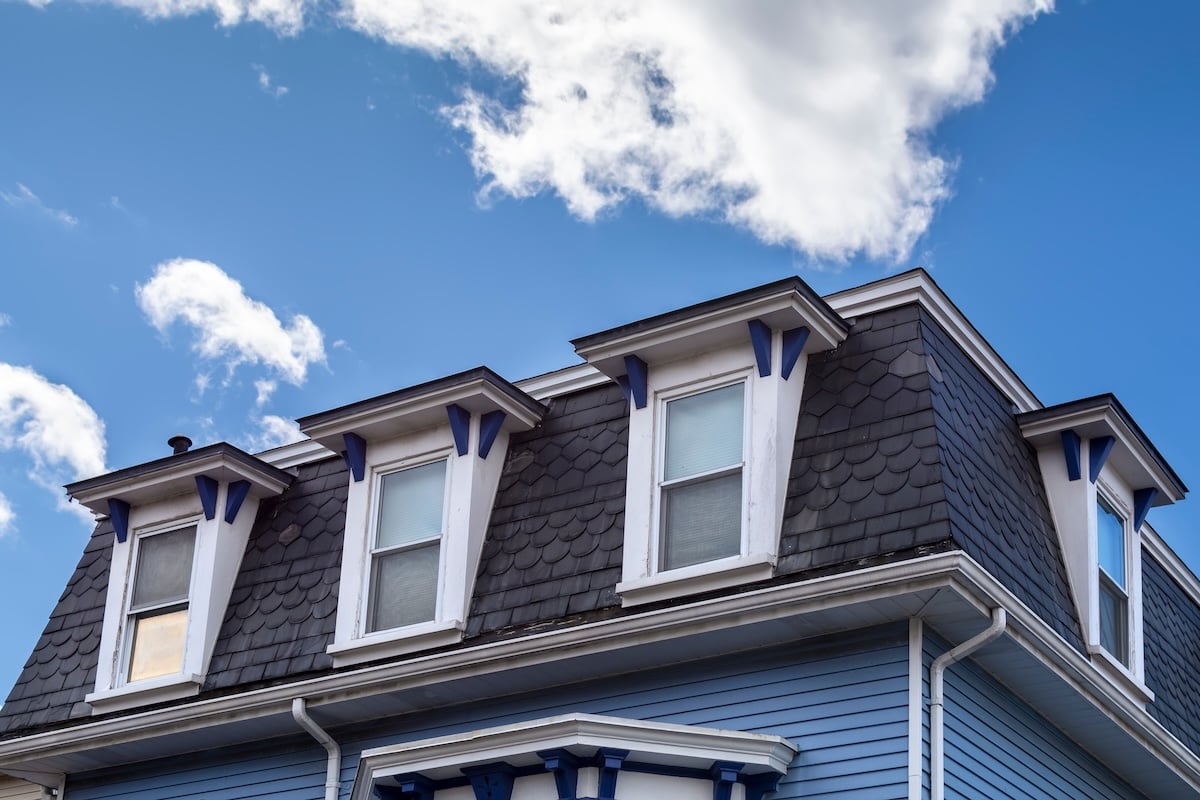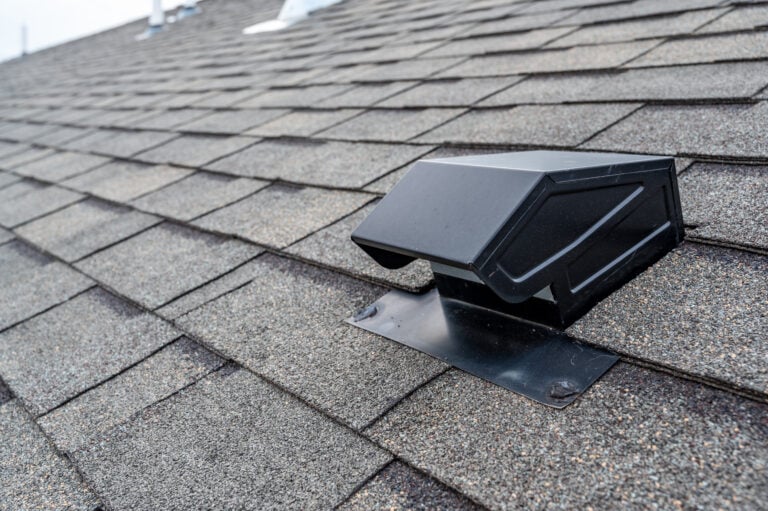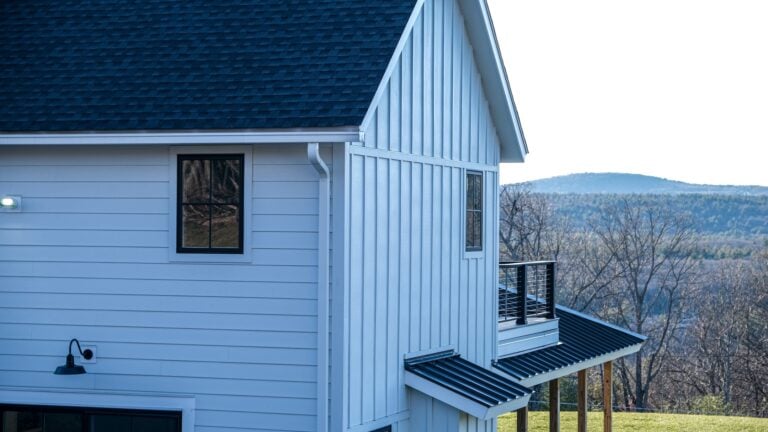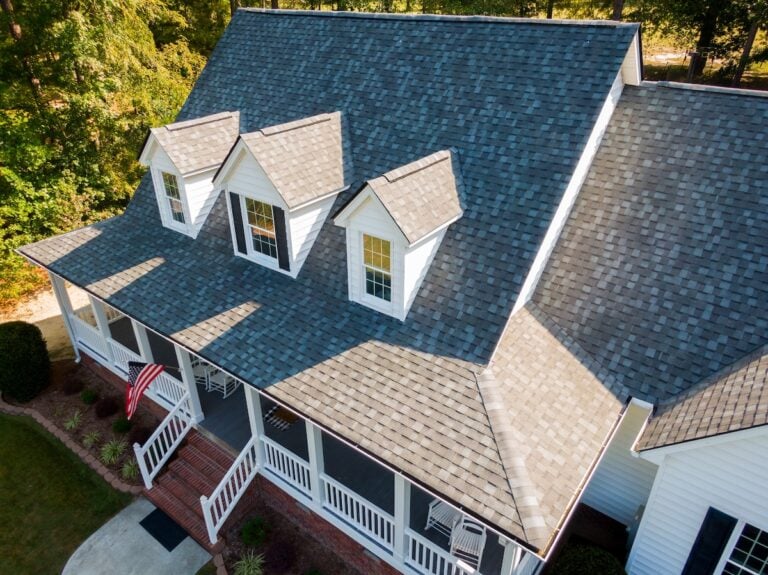A mansard roof might not be the first style that comes to mind when you think about roofing options, but this distinctive architectural feature has been gracing homes for centuries. Named after French architect François Mansart, this unique roof design offers both aesthetic appeal and practical benefits that make it worth considering for your home.
If you’re exploring roofing options or simply curious about this elegant style, you’ll want to understand what sets a mansard roof apart from traditional designs. This comprehensive guide will walk you through everything you need to know about mansard roofs, including their key characteristics, advantages, potential drawbacks, and important considerations for installation and maintenance.
Here’s what we’ll cover in this article:
- What defines a mansard roof and its key characteristics
- Different types of mansard roof designs
- Major advantages of choosing a mansard roof
- Potential challenges and disadvantages to consider
- Cost considerations for installation and maintenance
🤔 What Is a Mansard Roof?
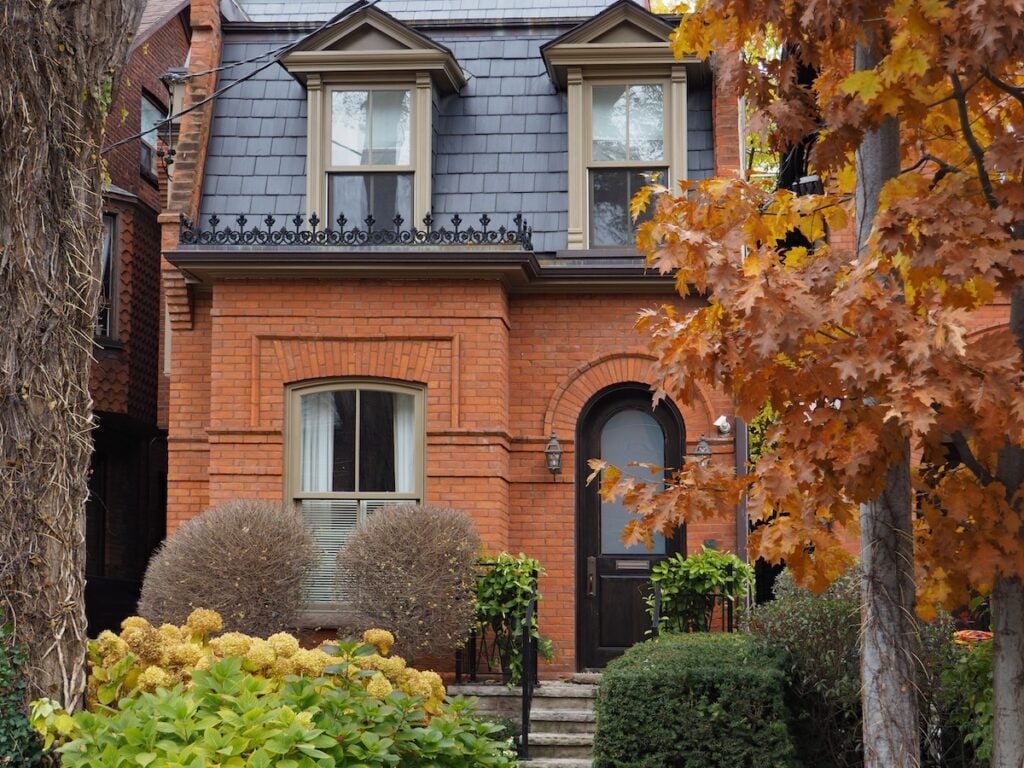
A mansard roof is a four-sided gambrel-style roof characterized by two distinct slopes on each side. The lower slope is steep, almost vertical, while the upper slope is much gentler and often barely visible from ground level. This unique design creates additional living space in what would traditionally be an attic area.
The defining feature of a mansard roof is its dual-angled design. The steep lower portion typically sits at a 70-degree angle or steeper, while the upper portion maintains a much shallower pitch. This configuration allows for dormer windows to be installed in the steep lower section, bringing natural light into the upper floor space.
Unlike a traditional gambrel roof, which only features the dual-slope design on two sides, a mansard roof extends this pattern around all four sides of the building. This creates a more uniform appearance and maximizes the usable space on the upper level.
Different Types of Mansard Roof Designs
Not all mansard roofs look identical. Several variations exist, each offering different aesthetic and functional benefits for your home.
- Straight Mansard Roof: Features flat, angled surfaces for clean lines and a modern look. Easier to construct and maintain compared to curved designs.
- Convex Mansard Roof: Curves outward in a bell-like shape, offering an elegant and visually striking design, though it requires specialized expertise and materials.
- Concave Mansard Roof: Curves inward for a subtle bow effect, creating a unique architectural statement while adding practical living space.
- Double Mansard Roof: Found on larger buildings, this design includes multiple dual-slope levels, maximizing interior space but requiring careful engineering.
⭐️ 8 Key Pros and Cons of a Mansard Roof
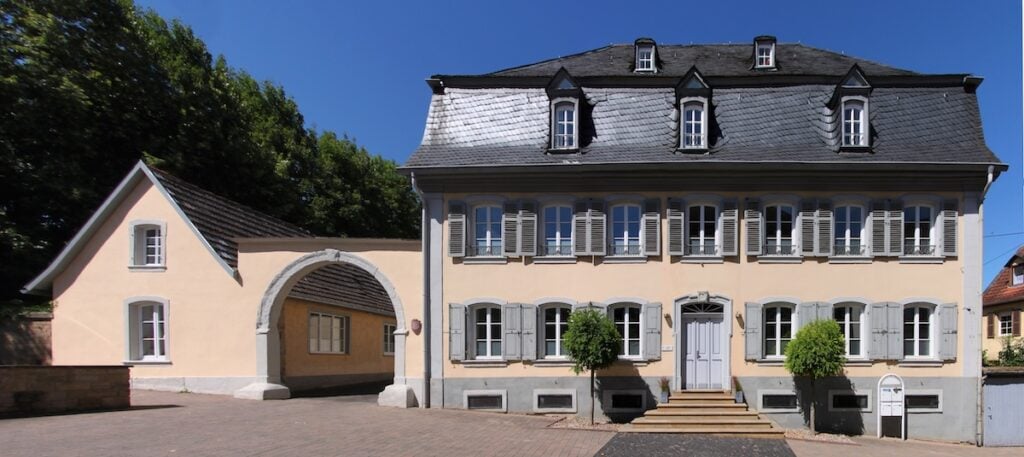
Understanding the pros and cons of a mansard roof is crucial for anyone considering this design for their home or building. It impacts both the functionality and aesthetic appeal, as well as long-term maintenance and costs.
4 Pros of Mansard Roofs
Mansard roofs are important because they provide extra living or storage space thanks to their steep sides and flat top. They also add a distinctive, elegant aesthetic to a building, making them a popular choice for both functionality and style.
1. Maximum Space Utilization
A mansard roof creates significantly more usable interior space compared to traditional roof styles. This extra space is ideal for adding additional rooms, storage, or even a loft area, making it a practical choice for homeowners looking to maximize their living space without altering the building’s footprint.
2. Cost-Effective Expansion
If you’re considering expanding your home, adding a mansard roof is a more affordable alternative to building a full additional story. It offers ample space for new rooms while keeping costs lower than large-scale construction projects.
3. Energy Efficiency
When properly installed, mansard roofs provide excellent insulation properties. The design helps regulate indoor temperature more effectively, keeping your home warm in winter and cool in summer, which could lead to energy savings over time.
4. Architectural Distinction
Mansard roofs are known for their unique and elegant appearance. This distinct style can add character and charm to your home, making it stand out in the neighborhood while also potentially increasing its market value.
4 Cons of Mansard Roofs
Understanding the cons of mansard roofs is important because they can significantly impact construction costs and long-term maintenance. Being aware of these drawbacks helps homeowners make informed decisions before opting for this roofing style.
1. Higher Installation Costs
Due to their complex design, mansard roofs require specialized expertise and premium materials for proper installation. This can make the upfront costs higher than simpler roof styles, so it’s important to budget accordingly.
2. Maintenance Challenges
The multiple angles and surfaces of a mansard roof demand regular maintenance. Frequent inspections are necessary to ensure there are no leaks, damage, or wear and tear, which could otherwise lead to costly repairs.
3. Weather Vulnerability
The gentler upper slope of a mansard roof can accumulate snow, debris, and water over time. If not addressed, this buildup can lead to structural issues such as water damage or added weight, especially in regions with heavy snowfall.
4. Local Restrictions
Before installing a mansard roof, it’s essential to check local building codes and homeowners association rules. Some areas may restrict the use of this roof style due to its size or appearance, requiring permits or alternative designs.
💵 Cost Considerations for Installation and Maintenance
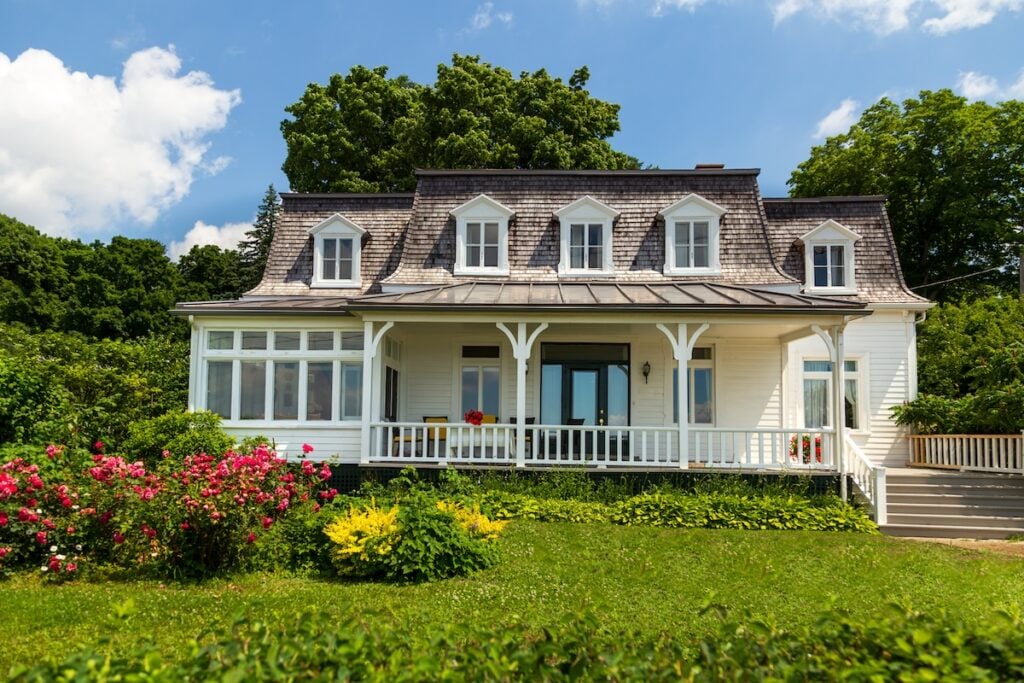
Understanding installation and maintenance costs is crucial for planning your budget and avoiding unexpected expenses. It helps ensure long-term efficiency and prevents costly repairs down the line.
Installation Costs
Installing a mansard roof represents a significant investment. The complex design requires skilled craftsmen familiar with the unique challenges this roofing style presents. You can expect to pay 15-20% more than traditional roofing options due to the specialized labor and materials required.
Material Costs
Material costs vary depending on your choices. High-quality slate or metal roofing materials will increase your investment but provide better longevity and weather resistance. The steep lower sections require materials that can handle the dramatic angle while maintaining proper water drainage.
Maintenance Costs
Maintenance costs for mansard roofs tend to be higher than simpler roof designs. The multiple surfaces and angles require more frequent inspections. Snow removal becomes particularly important on the gentler upper slopes where accumulation can cause structural stress.
Long-term Benefits
However, the increased property value and additional living space often offset these higher costs over time. Many homeowners find that the practical benefits and aesthetic appeal justify the investment.
👨🔧 Trust Our Team for Your Mansard Roof Project
Choosing the right roofing contractor for your mansard roof project makes all the difference between a beautiful, functional addition and costly problems down the road. Our experienced team understands the unique challenges and requirements that mansard roofs present.
Ready to explore whether a mansard roof is right for your home? Contact our team today for a free consultation and detailed estimate. We’ll assess your property, discuss your goals, and provide honest recommendations based on our expertise. Let us help you transform your home with the timeless elegance and practical benefits of a professionally installed mansard roof.
